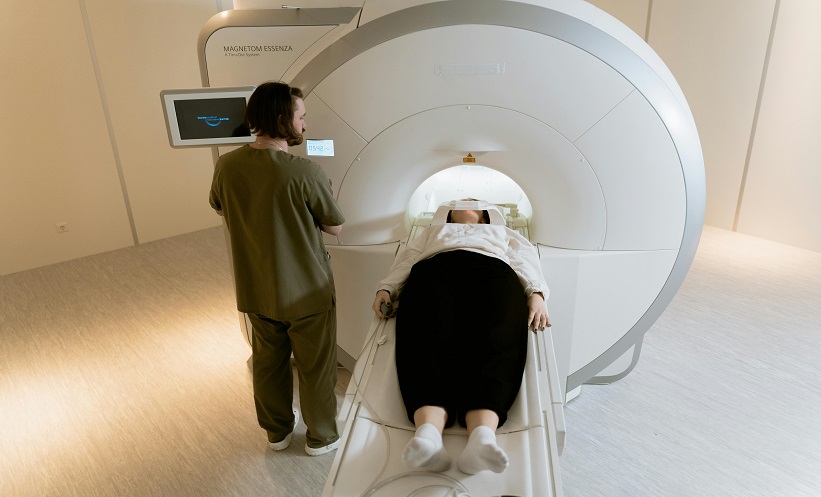NOVEL study findings have highlighted how the appearance of ovarian lesions on ultrasound can be an effective predictor of cancer risk. Ovarian cancer is the deadliest gynaecological cancer, killing approximately 15,000 women in the United States each year.
Adnexal lesions identified through ultrasound examination require classification as some lesions progress to cancer, whilst others do not require treatment and remain benign. Lead study author, Akshya Gupta, University of Rochester, New York, USA, explained: “Based on the characteristics that we see on ultrasound, we try to evaluate of a finding needs further workup and where the patient should go from there.” The process of classification contains many subtypes and is multifaceted. The researchers of the new study aimed to simplify the classification of ovarian lesions to relieve strain and time pressure on radiologists.
In the study, researchers looked at 970 isolated adnexal lesions in 878 women and classified them into two categories, classic or non-classic. Classic lesions carried very low risk of malignancy and occurred frequently, such as fluid-filled cysts. Non-classic lesions were classified based on the appearance of solid components and the presence of blood flow detected on Doppler ultrasound.
The analysis and classification of the 970 lesions through the ultrasound-based, classic, non-classic approach achieved a sensitivity of 92.5% with a specificity of 73.1% for diagnosing malignant ovarian cancer. The frequency of malignancy was less than 1.0% in classic lesions compared to non-classic lesions with solid features and a blood flow, which had a malignancy frequency of 32.0%.
Gupta summarised the value of the study: “Ultimately, we’re hoping that by using the ultrasound features we can triage which patients need follow-up imaging with ultrasound or MRI and which patients should be referred to surgery.” However, although the findings of this study demonstrate the valuable triaging information that ultrasound can provide, ultrasound has yet to be proven beneficial specifically as a screening exam for ovarian cancer.








